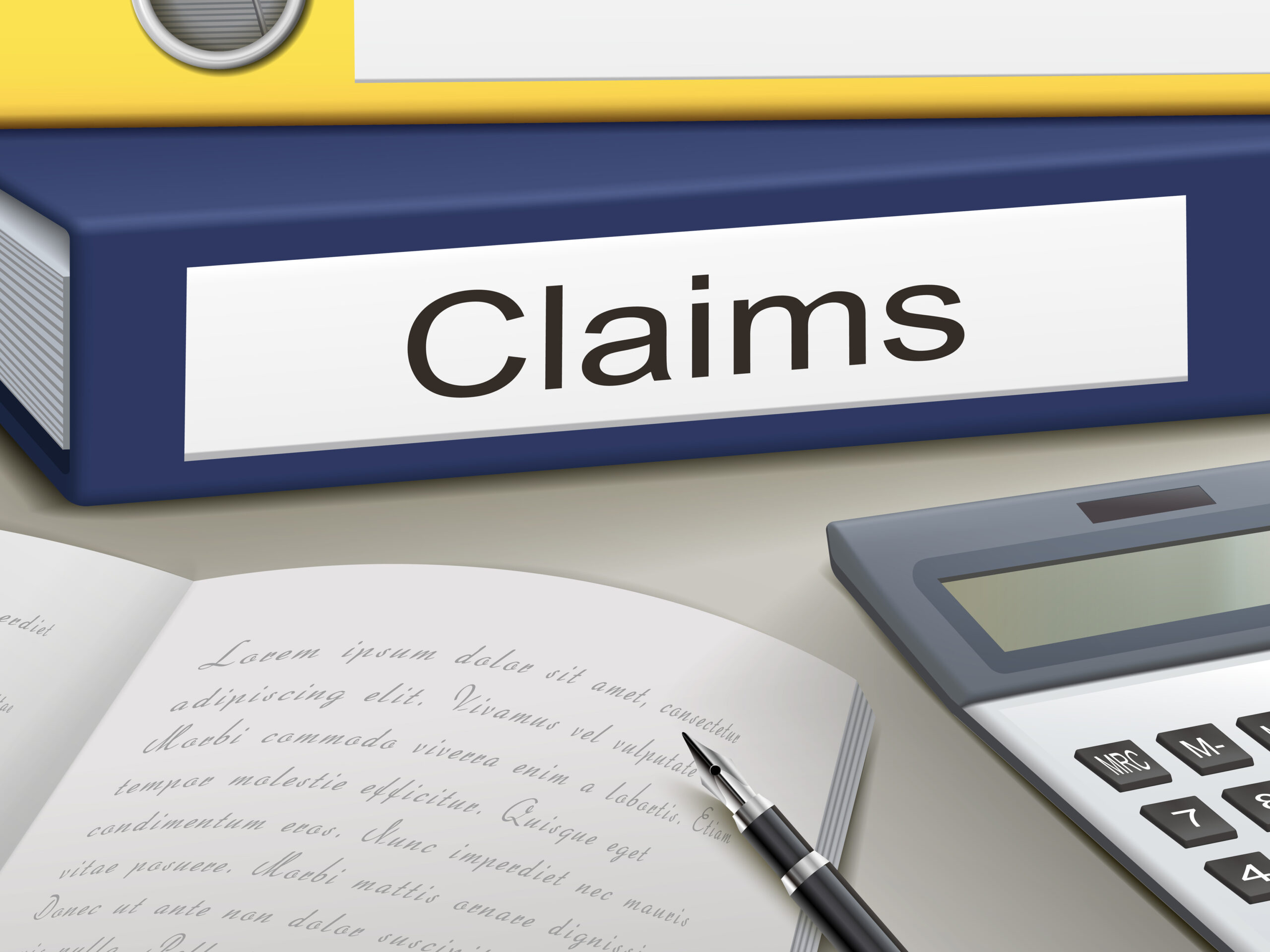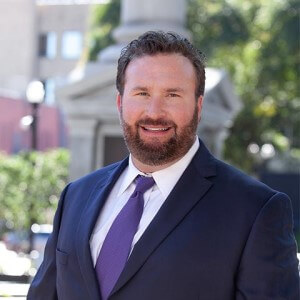An Alternative to Claim Mirroring in Initial Patent Application Filing
“Though insight can be gained with mirrored claims, more insight should be available to the patent practitioner when the examiner examines more claims with unique claim scope.”
While working as a patent examiner at the U.S. Patent and Trademark Office (USPTO) in Art Unit 2121 (artificial intelligence, or AI) I noticed that the typical patent application that I examined had seven method claims, seven apparatus claims, and six computer-readable medium (CRM) claims. In the typical application, the method and apparatus claims were mirrors of each other, and the first five CRM claims were mirrors of claims 1-5 and the last CRM claim combined the subject matter of claims 6 and 7. While examining a typical patent application, I only had to find prior art that taught these seven unique claims to reject the entire patent application. This led me to ponder why applicants are wasting the 13 other claims included with the standard filing fee with mirrored claims. Though best practice is to have multiple statutory categories with mirror claims by the time of allowance for enforceability reasons, there is a potential advantage for the applicant to file fewer mirror claims initially.
Advantages to Filing More Initial Claims with Unique Scope
- More Avenues to Explore Patentability
With increasing the number of claims that have unique claim scope, more aspects of the invention can be examined for patentability. By drafting claims with varying scope in the initial filing, more patentable subject matter can be explored from both the high-level broad description to the implementation details in the initial patent application examination.
- Higher Chance of Obtaining Allowable Subject Matter in First Office Action
Having more claims with varying scope should increase the chances of receiving allowable subject matter in the first office action. As a patent practitioner, I like to be able to tell the client we can get a patent with the scope of the allowable subject matter after a first action and then use the client’s goals to determine the next steps. If a client’s goal is to obtain a patent quickly, we can take the allowable subject matter. On the other hand, if the client’s goal is to obtain a broader patent, we can either take the allowable subject matter and file a continuation to work with the patent examiner for the appropriate claim scope, or work with the patent examiner for the appropriate claims scope in the present application. Without allowable subject matter, the only choices are to argue with the patent examiner and/or amend the claims, appeal the case to the Patent Trial and Appeal Board (PTAB), or abandon the application. I think a better starting point with a patent examiner is to craft the claims in a way that encourages the patent examiner to determine the application contains a patentable invention after the first action and to work with the examiner to find the appropriate scope for the invention. Contrast this with a mirrored claim set where the patent examiner initially determines that no claims are patentable. I believe the sooner agreement on patentability can be achieved, the easier the prosecution of the patent application will be. This moves the examiner’s mindset from the view that the invention is not patentable to one of determining the appropriate claim scope.
- Higher Chance of Relevant Prior Art Made of Record in First Office Action
The more relevant prior art that is on record, the easier it is to draft a patentable claim set. Since some patent examiners will keep a list of references for potential claim amendments the examiner predicts will happen, the examiner may not disclose these references to an applicant in the first action when the features are not claimed. If what the patent practitioner would normally put in a future claim amendment in a traditional claim mirroring approach is in the initial claim set, the examiner will be more likely to reveal these prior art references in the first office action.
- Expected Lower Prosecution Cost
When the examiner finds relevant prior art for a claim set, typically the claims are amended to avoid the prior art. With this approach, there is a hope that the amendment is not taught in a prior art reference that is not of record. By reducing the number of mirrored claims, it is possible to have more claims with varying scope examined. With more claims of varying scope, the number of office action responses and requests for continuation examination (RCEs) should be reduced, thus reducing the prosecution cost.
- More Insight into the Examiner
By having more claims examined with varying scope, more information can be gained into the examiner and the examiner’s approach. Though insight can be gained with mirrored claims, more insight should be available to the patent practitioner when the examiner examines more claims with unique claim scope. Also, by having very narrowly focused dependent claims, insight into how reasonable the examiner is can be gained. For example, if the dependent claims are very narrow and the examiner still rejects these claims, then the applicant could determine that the examiner is not reasonable and create an appropriate prosecution strategy, such as, arguing against the patent examiner’s position and planning to appeal based on the expected final rejection. With mirrored claims, this level of insight is usually not available until an RCE is examined. Though examiner analytics can be used to gather insight into the examiner, greater insight can be gleaned from observing exactly how the examiner will respond to this particular case compared to examiner analytics which only looks at the examiner in the aggregate. Every case is different and seeing how the examiner reacts to this particular case is more valuable than seeing how the examiner acts in general.
- Opportunity to File Additional Continuations with Different Statutory Categories
The fewer mirror claim strategy allows the client the opportunity to obtain multiple patents for their invention and keeps the patent family pending to allow the patenting strategy to be adjusted with changes in the client’s business model and law. For example, if recent case law makes the current patent suspect to patent eligibility (i.e., 35 U.S.C. 101) challenge, a new set of claims can be filed while the patent family is pending. For another example, if the client’s business model pivots and the earlier filed patent application has support for this new business model, future patent applications can be filed for the technology that enables this new business model.
- Opportunity to Isolate Method, Apparatus, and CRM Claims into Different Patents
With the ever-changing patent law landscape, there may be an advantage in having different statutory categories in different patents. For example, a PTAB challenger would have to file 3 challenges to completely invalidate 3 patents in different statutory categories, which would triple the USPTO fees and increase the patent practitioner cost compared to challenging a single patent that contains multiple statutory categories.
Disadvantages to Filing More Initial Claims with Unique Scope
- Higher Initial Preparation Fees Due to More Unique Claims
Writing mirror claims only takes an additional few minutes to draft and there are tools to automate claim mirroring. When drafting additional claims with unique claim scope, significantly more time is required.
- Potential Payment of Excessive Claim Fees
When there are over seven allowable claims and the applicant desires to have mirrored claims in the same patent, Excess Claim Fees would have to be paid for the additional mirror claims. Assuming no excessive claims were initially filed, if there are over seven allowable claims and the client desires to have all the statutory categories in one patent, then excessive claims fees would have to be paid to get all the mirror claims in the issued patent. For example, if 10 method claims were allowable and the client wanted all the claims in the same patent, once the 10 claims are mirrored for the apparatus and the CRM then there would be a total of 30 claims and a fee for 10 excessive claims would have to be paid to the USPTO. I believe even in situations where excessive claims fees are required, the savings in prosecution cost will be an overall cost savings for the client. If I was a client, I would happily pay for extra claims if I knew I would get a patent and not have to pay other costs like office action responses and RCEs. This is especially true given that at the time of publication of this article an additional dependent claim is $100/$40/$20 each for un-discounted/small/micro entity while the professional fee for an office action response generally is in the multiple thousands of dollars.
- A Potentially Stubborn Examiner
A potential issue with fewer mirrored claims is that once the examiner determines what is patentable in a patent application, the examiner may be unwilling to listen to other viewpoints into what is patentable. This could potentially limit the scope of the invention. A similar situation could also happen with prosecution where mirrored claims are used.
- Examiner May Not Accept Newly Filed Mirror Claims After Allowable Subject Matter is Found
For example, the patent examiner could issue a restriction requirement when additional statutory mirror claims are added. One way to mitigate issues with adding statutory categories is to initially file independent claims in all statutory categories and write dependent claims in one of these statutory categories. As the examiner does not receive production credit for issuing a restriction requirement, I believe there is a low likelihood the examiner would object to new mirror claims. If this is a concern for the applicant, a quick call to the examiner could clear this hurdle.
- Examiner May Not Like the Additional Search
Fewer mirrored claims mean more searching for the patent examiner due to more claims with unique claim scope. This may cause the examiner to take shortcuts and to be less willing to work with the patent practitioner in the future. On the flip side, if the patent application is allowed after the first office action, the examiner gets the remaining production credit for the case without having to write a final office action, and wait for the case to either abandon or an RCE filed to get the remaining production credit.
The examiner has discretion to enter mirror claims after a notice of allowance. Where there is a desire to add mirrored claims after a notice of allowance has been issued, a quick call to the examiner to discuss adding mirror claims should allow the applicant to determine if the patent examiner will enter the new mirror claims. My personal opinion is that unless the patent practitioner intended a narrow claim set, if a first action allowance is issued without an examiner amendment, the claims are too narrowly drafted.
- Risk of Forgetting to Add Additional Mirror Claims Before Prosecution Closes
As writing fewer mirror claims may not be the best strategy in every patent application, there is a potential risk of the patent practitioner forgetting to add the additional mirror claims before prosecution closes for the applications that had fewer mirror claims initially drafted. This is especially true when a different patent practitioner prosecutes a patent application drafted by another. This risk could be mitigated by creating a checklist for the end of prosecution that reminds the patent practitioner to check if mirror claims need to be added or continuations need to be filed. Another alternative is to build this check into workflow management.
- Potential of Client Objections
A client may have reservations about filing fewer mirror claims, such as, a hesitance to change when the old system worked or unwillingness to take a risk of how fewer mirrored claims could affect the patent portfolio if the issued patent is litigated. I believe filing fewer mirror claims will most likely be an issue for large patent filers that want uniformity across their patent portfolio. I believe mid/small-size patent filers and independent inventors will be more willing to allow the patent practitioner to write fewer mirror claims. Either way, the client should be part of the decision making process.
- Effect on Foreign Filings
As my practice has focused on U.S. patent applications and foreign applications in the U.S. phase, I cannot comment on how fewer claim mirroring will affect subsequent foreign filings. If subsequent foreign filings are a concern, one approach can be to initially file the mirror claims in the United States and file a preliminary amendment at the USPTO with a claim set of fewer mirrored claims.
Image Source: Deposit Photos
Image ID: 62497643
Author: kchungtw






